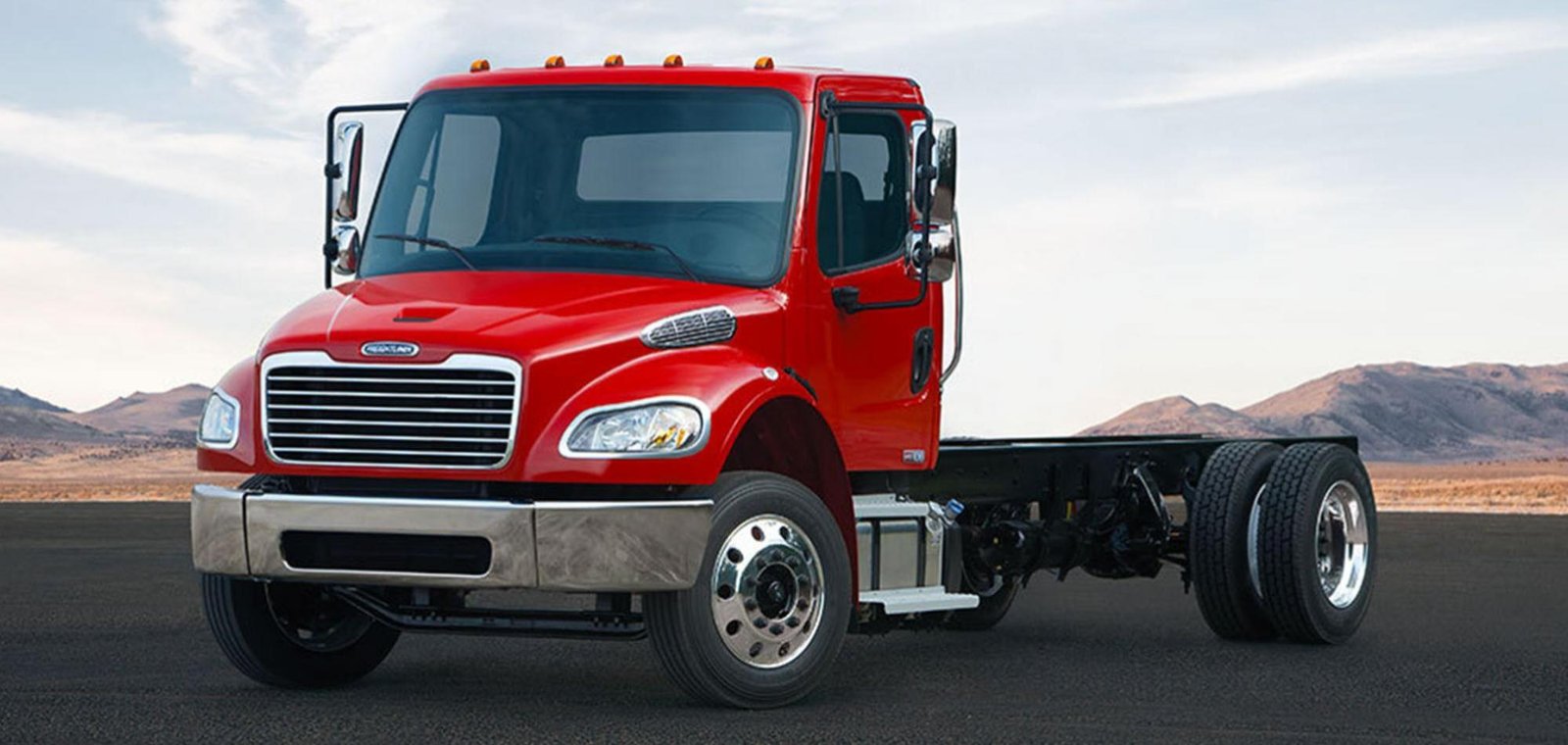Cab and chassis trucks, often referred to as “cab chassis” or “chassis cab,” are specialized vehicles designed to provide a customizable foundation for various industries and business needs. These trucks are built with a front cab where the driver sits, followed by a bare chassis frame at the rear—ready to be modified to fit different applications. In this article, we’ll explore the features, benefits, applications, and key considerations when choosing a cab and chassis truck.
What Are Cab & Chassis Trucks?
Cab and chassis trucks are unique because they are sold as incomplete vehicles. Unlike traditional trucks, these vehicles come without a pre-installed cargo bed, box, or specialized bodywork. This design makes them ideal for businesses and individuals who need to attach custom equipment, such as flatbeds, dump bodies, tow equipment, or utility bodies, depending on their specific operational needs.
These trucks are available in various sizes and configurations—ranging from light-duty to heavy-duty models—providing flexibility for a variety of industries, including construction, transportation, agriculture, and emergency services.
Key Features of Cab & Chassis Trucks
- Modular Frame Design
The rear frame is left open for customization, allowing businesses to install specific bodies that align with their operational goals, such as tow platforms or refrigeration units. - Cab-Only Design
With only the cab installed, drivers enjoy ergonomic controls and access to advanced technology, such as GPS systems, driver assist features, and fleet tracking. - Variety of Wheelbase Options
Cab and chassis trucks offer different wheelbase lengths to accommodate various body types, making them highly adaptable for different applications. - Gross Vehicle Weight Rating (GVWR) Flexibility
These trucks come in multiple weight classes, ranging from Class 3 (10,001–14,000 lbs) to Class 8 (33,001 lbs and above), making them suitable for light-duty jobs as well as heavy industrial applications.
Types of Cab & Chassis Trucks
Cab and chassis trucks can be categorized by their size and intended use:
- Light-Duty Cab & Chassis Trucks
- Common in urban settings for parcel delivery or light construction work.
- Often used to mount smaller flatbeds or utility bodies.
- Popular models include the Ford F-350 and RAM 3500.
- Medium-Duty Cab & Chassis Trucks
- Suitable for towing, public utility services, or municipal vehicles like ambulances.
- Examples include the Ford F-550, Freightliner M2, and Isuzu NPR.
- Heavy-Duty Cab & Chassis Trucks
- Designed for demanding jobs like heavy towing or carrying large construction equipment.
- Models include the International HX and Peterbilt 348, often used in the industrial and construction sectors.
Common Applications of Cab & Chassis Trucks
The adaptability of cab and chassis trucks makes them a go-to option for several industries. Below are some common applications:
- Tow Trucks and Wreckers
- Equipped with tow bodies or flatbeds to recover broken-down vehicles or handle roadside emergencies.
- Dump Trucks
- Fitted with dump bodies for hauling construction materials, debris, or aggregates.
- Utility Service Trucks
- Outfitted with tool storage, cranes, and other equipment to support field technicians and service teams.
- Refrigerated Trucks
- Built with insulated boxes and cooling systems to transport perishable goods.
- Ambulances and Emergency Vehicles
- Converted to serve as emergency transport units with medical equipment and life-saving tools.
- Construction Trucks
- Used to carry heavy tools and equipment to construction sites, typically with flatbeds or dump bodies.
Advantages of Cab & Chassis Trucks
- Versatility for Customization
With a bare frame, cab and chassis trucks allow for complete customization, providing businesses the flexibility to tailor the vehicle to meet specific needs. - Cost-Effectiveness
Rather than purchasing separate vehicles for different tasks, companies can customize one truck for multiple purposes, saving on fleet investment. - Durability and Longevity
Designed for heavy use, these trucks are built to endure challenging environments and high payloads. - Improved Fleet Efficiency
Organizations can enhance operational efficiency by tailoring the vehicle exactly to their job requirements, ensuring optimal use.
Factors to Consider When Choosing a Cab & Chassis Truck
- Payload Capacity and GVWR
Choose a model that supports the necessary weight without compromising performance or safety. - Wheelbase Length
Select the appropriate wheelbase to ensure the added body fits securely without affecting maneuverability. - Engine Power and Fuel Type
Cab and chassis trucks are available with gasoline, diesel, and hybrid engines. Each option has pros and cons based on fuel efficiency, operating costs, and environmental impact. - Maintenance and Serviceability
Consider brands with extensive service networks to minimize downtime and ensure prompt maintenance. - Compliance and Regulations
Some states and regions have specific regulations for modified vehicles. Ensure that the final build meets all legal requirements and safety standards.
Top Brands Offering Cab & Chassis Trucks
Several manufacturers specialize in cab and chassis models, each offering unique features and configurations:
- Ford – Offers a wide range of light- to heavy-duty cab and chassis models, such as the F-Series Super Duty lineup.
- Chevrolet – Known for its Silverado series, offering reliable medium-duty trucks.
- RAM – Popular for its heavy-duty models like the RAM 4500 and 5500.
- Freightliner – A top choice for commercial trucks with medium and heavy-duty applications.
- International Trucks – Offers durable heavy-duty models, particularly suited for industrial and construction work.
Conclusion
Cab and chassis trucks provide an unmatched level of customization and versatility, making them the ideal choice for businesses across various sectors. Whether you need a tow truck, utility vehicle, or construction hauler, these trucks offer a solid foundation to build exactly what you need. By selecting the right model based on weight, engine type, and operational requirements, you can enhance productivity and minimize costs, ensuring your fleet runs smoothly. With top manufacturers offering robust cab and chassis models, there has never been a better time to invest in one for your business needs.
4o



